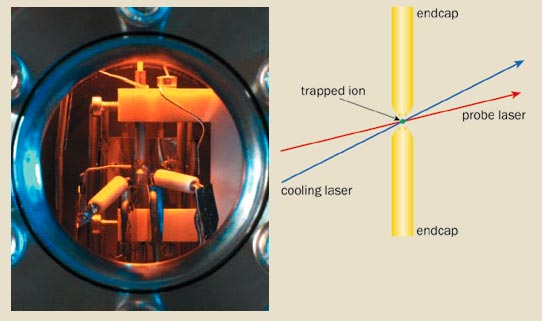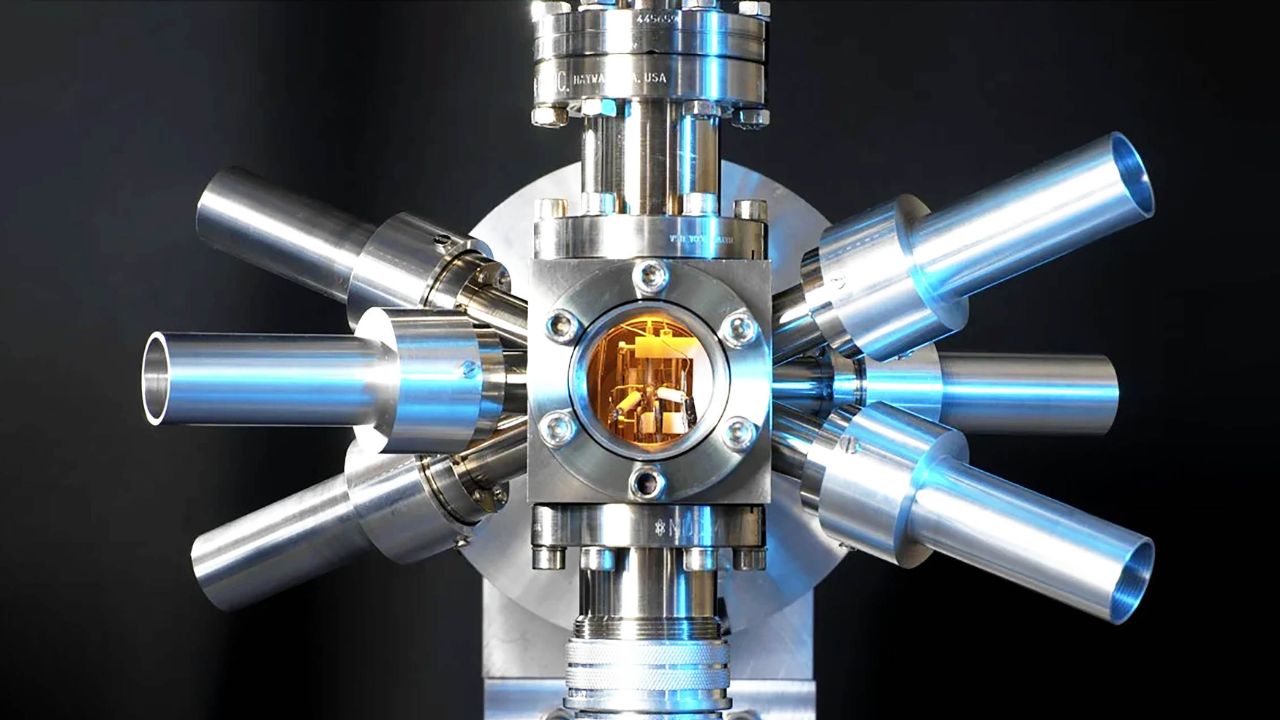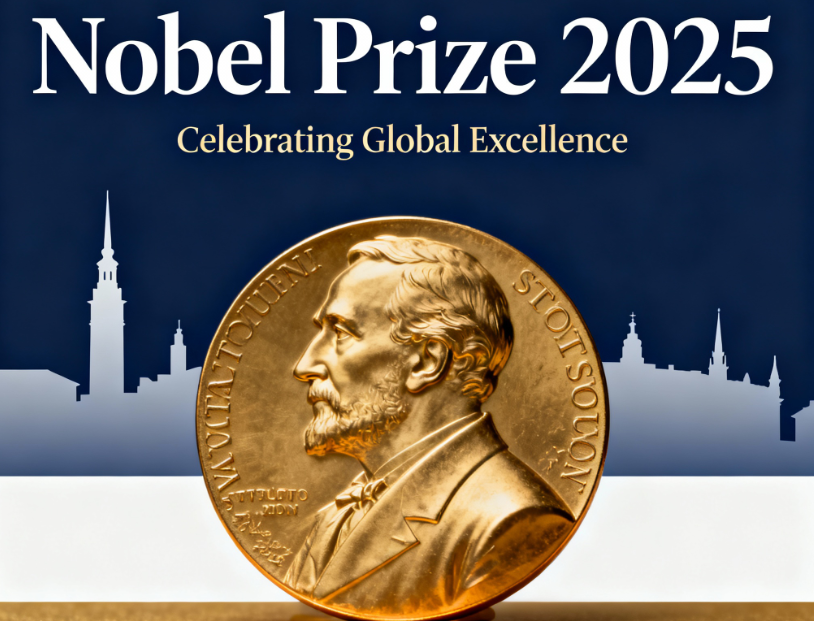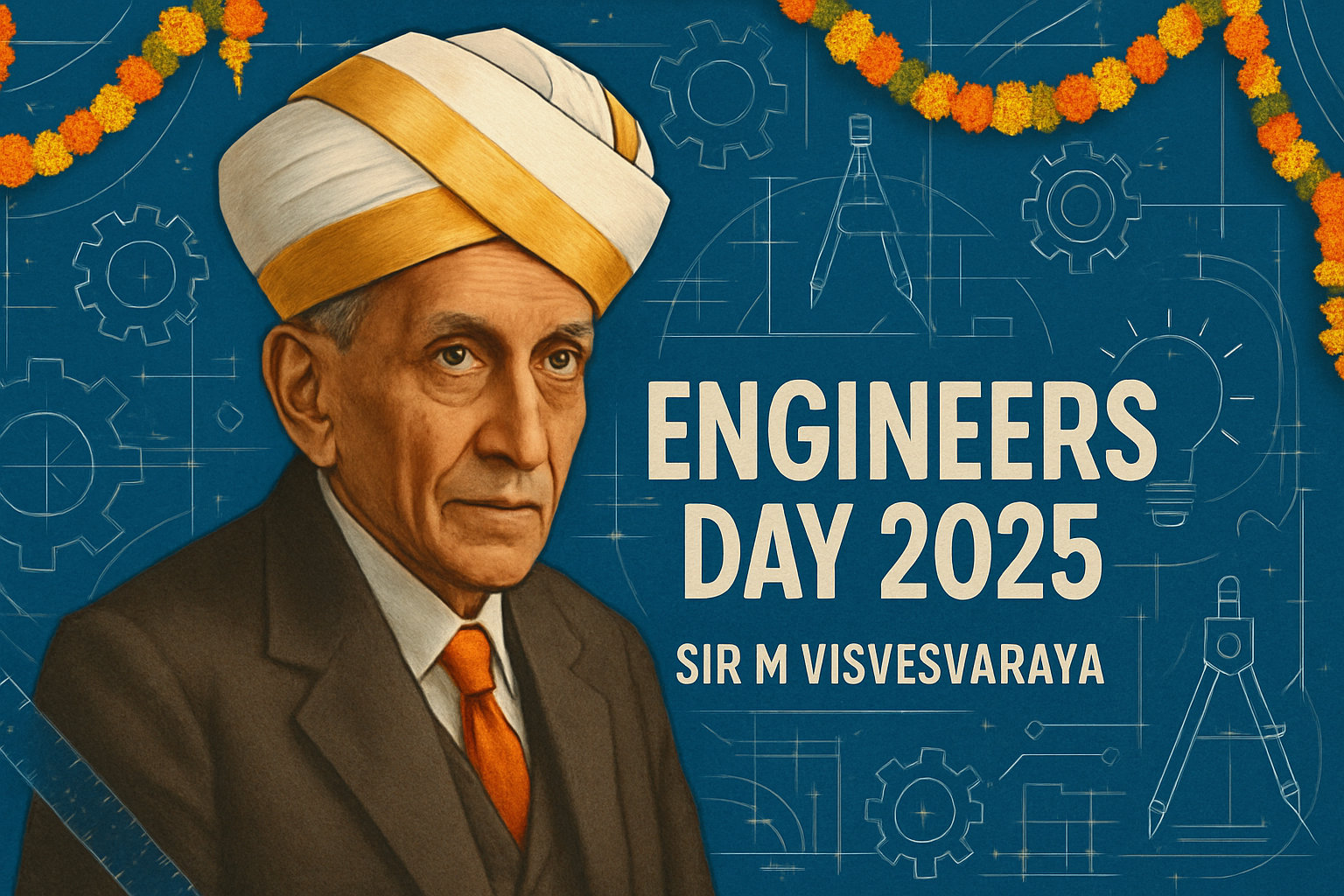Optical atomic clocks are at the forefront of timekeeping advancements, providing remarkable accuracy and stability that surpasses the capabilities of conventional caesium atomic clocks. Researchers are currently working for a revision of the SI unit of time, the second, using optical atomic clocks, aiming for implementation by approximately 2030.
How do they Operate?
Higher Frequencies:
In contrast to caesium clocks that rely on microwave frequencies (approximately 9 billion cycles per second), optical atomic clocks function at significantly higher frequencies of visible light (in the hundreds of trillions of cycles per second). This elevated “tick rate” enables them to subdivide a second into much finer segments, resulting in their exceptional precision.
Atomic Transitions:
They work on the same basic principle as other atomic clocks by measuring time through the precise and stable electronic transitions occurring within atoms.
Lasers and Optical Frequency Combs:
To excite and accurately count these extremely rapid optical oscillations, optical clocks utilize ultra-stable lasers along with an essential component called a “femtosecond frequency comb.” The frequency comb serves as a “gearbox,” connecting the high optical frequency to more accessible microwave frequencies that can be electronically counted.
Trapping and Cooling Atoms:
To achieve maximum accuracy and reduce external influences, the atoms (usually strontium-87, ytterbium-171, or indium ions) are cooled to near absolute zero and confined in optical lattices or ion traps. This minimizes their motion and interactions, ensuring that their atomic transitions remain exceedingly stable.
Also See: Samsung Galaxy Watch 8 vs Samsung Galaxy Watch 8 Classic
Reasons for their superiority over caesium clocks:
Unmatched Accuracy and Stability:
Optical clocks can measure time with an accuracy that would result in a drift of less than one second over 15 billion years, whereas caesium clocks lose about one second every 300 million years, making optical clocks roughly 10,000 times more accurate.
Finer Resolution:
The increased oscillation frequency provides a significantly finer resolution of time, allowing measurements to reach up to 18 decimal places of accuracy.
Robustness:
Although they are technically intricate, recent advancements are enhancing their resilience against environmental noise and external disruptions.

Recent Developments and Global Initiatives:
Intercontinental Comparisons:
Recent achievements include the largest and most ambitious direct comparison of optical clocks across three continents (Europe and Asia). This effort linked clocks in Germany, France, Italy, and Japan via telecommunication fibers and advanced GPS technologies. Such comprehensive comparisons are crucial for fostering confidence and ensuring global consistency prior to redefining the second.
Identifying Gaps:
These comparisons have not only showcased the remarkable synchrony that can be achieved but have also uncovered minor discrepancies and signal distribution issues that need to be resolved ahead of the 2030 redefinition.
Miniaturization and Portability:
Researchers are currently focused on miniaturizing optical atomic clocks to make them more portable and applicable for various uses, including deployment on ships and potentially in space.
Quantum Entanglement:
Ongoing studies are exploring how quantum entanglement might further improve the stability of these clocks.
Applications:
The extraordinary accuracy of optical atomic clocks provides a multitude of applications, such as:
Redefining the Second:
Their primary aim is to substitute caesium clocks as the new international benchmark for defining the SI second, transforming global timekeeping.
Global Navigation Satellite Systems (GNSS):
Improving the precision and reliability of GPS, Galileo, and other navigation systems for enhanced positioning accuracy.
Fundamental Physics Research:
Examining Einstein’s theory of general relativity (for instance, detecting minuscule gravitational effects over slight height differences).
Investigating dark matter and dark energy.
Examining the stability of fundamental constants over time.
Detecting gravitational waves.
High-Precision Sensing:
Applications in quantum sensing.
Climate Science:
More accurately tracking changes in the Earth’s geometry, variations in gravity (such as those caused by ice melting), and possibly forecasting seismic and volcanic events.
High-Speed Networks and Telecommunications:
Facilitating ultra-high synchronization necessary for critical infrastructure.
Radio Astronomy:
Enhancing the resolution of very long baseline interferometry (VLBI) for imaging remote celestial bodies like black holes.
Autonomous Systems:
Improving navigation and communication capabilities for self-driving vehicles and spacecraft.
Conclusion
In summary, optical atomic clocks serve not only to provide more precise timekeeping; they are also potent scientific tools that are expanding our comprehension of the universe and enabling innovative technologies across diverse domains.
Know more: India’s first Aqua Tech Park
Know more: Winners of Wimbledon from 1968-2025
Know More: World’s Largest Religious Monument: Angkor Wat





